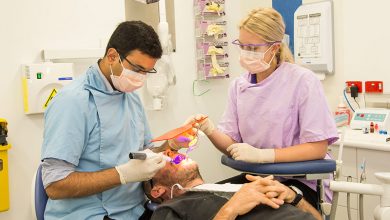Health
What Are The Pros And Cons Of Sclerotherapy Varicose Vein Treatment?
Vericose veins are swollen, enlarged and twisting veins. Most of the time they are blue or dark purple. Vericose veins occur when bad valves in the veins allow blood to flow in the wrong direction. There are many types of vericose vein treatments available. Once of the popular treatments is sclerotherapy.
Sclerotherapy is a vein treatment that has been around since the 1930s, but it has advanced considerably through the years. The sclerotherapy vein treatment process is minimally invasive. Using a micro needle a solution (known as sclerosant) into every broken vein. The solution is naturally absorbed into the blood. Meanwhile, blood is sent to the nutritious veins, improving circulation.
Here are the pros and cons of sclerotherapy:
Pros Of Sclerotherapy
- It is a safe and effective medical treatment for spider veins.
- It is covered by most insurance companies.
- The injections are given in 15 or 30 minute increments and normally does not require downtime.
Cons Of Sclerotherapy
- It is generally recommended only for small varicose veins and spider veins.
- For patients with larger varicose veins, laser or radio-frequency ablation procedures are required.
- More than one treatment may be required.
- If a powerful concentration of sclerosant is necessary, there may be some discoloration or scaring later. This is uncommon.
Following a thorough ultrasound, your physician will recommend the best type of treatment for you. If sclerotherapy is a good treatment option for you, your doctor will provide you with all the necessary information regarding sclerotherapy.




